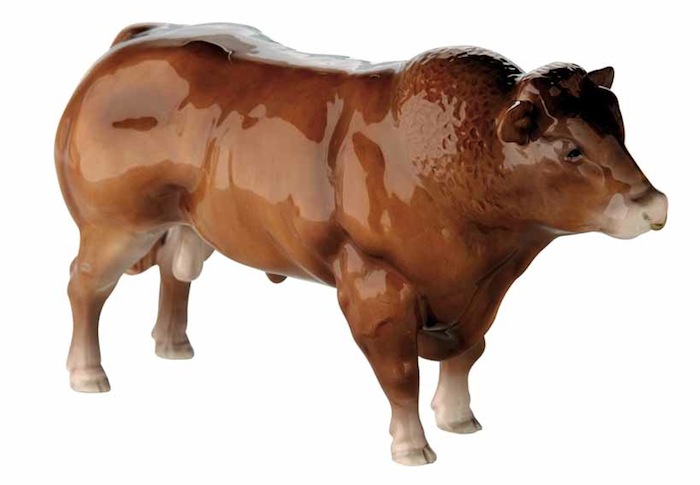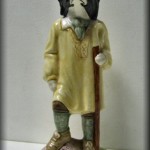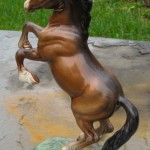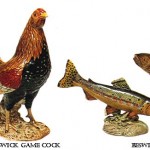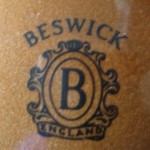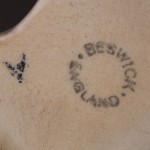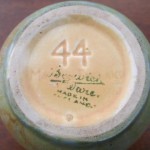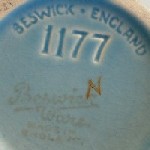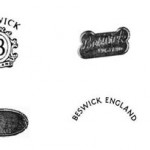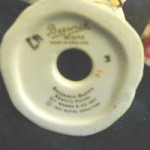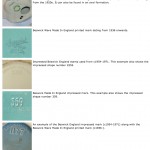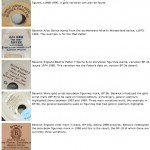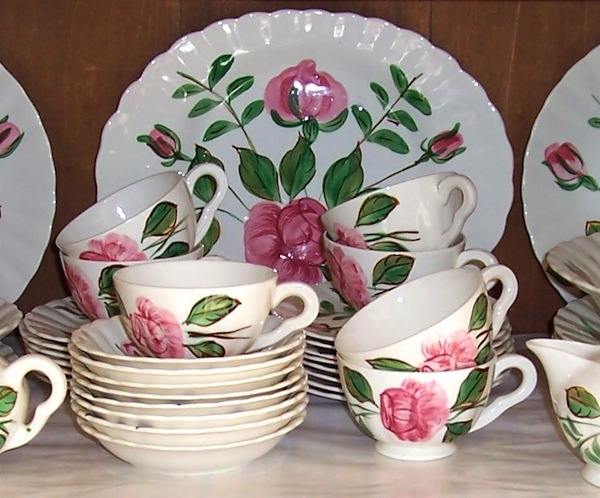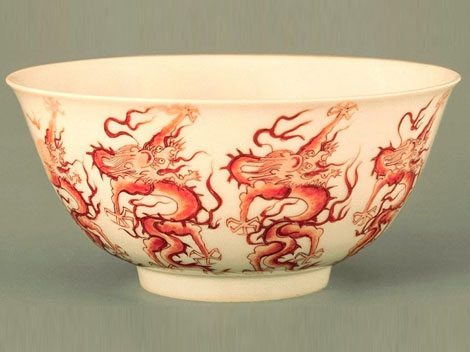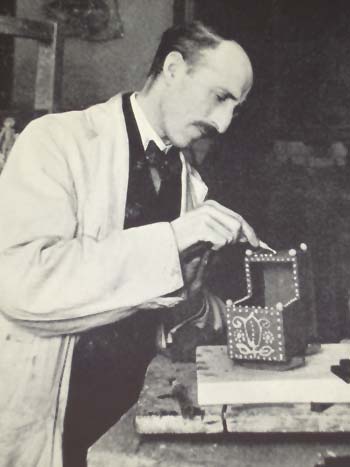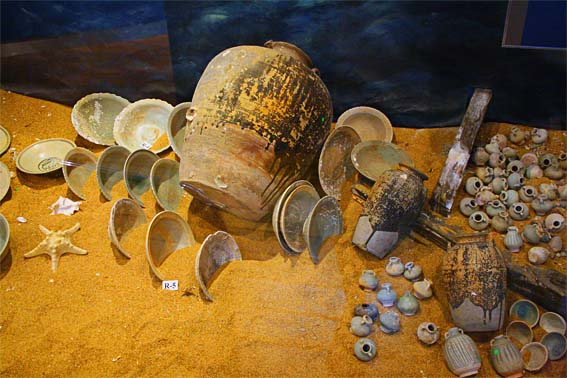James Wright Beswick founded his pottery business “J. W. Beswick” , in Longton, Stoke-on Trent, England in 1892. His sons John and Gilbert along with John’s son, John Ewart all played a part in the factories tremendous success. Initially producing tableware and ornaments. After the 1914-1918 war they started to branch out producing more fancy wares for the home and abroad.
1921 saw the death of J. W. Beswick and later in 1936 his son also died. In that year the company was made a limited company called John Beswick Ltd. with John Ewart Beswick as Managing Director and Gibert Beswick his Sales Director introducing new pieces to the range. The 1930s ( Art Deco) period the factory became noted for it’s animal modelling in producing the finest of animal figures, notably well known racehorses and champion dogs.
The studio also produced whimsical figures in human poses and expressions. Arthur Gredington was appointed modeller for animals of all kinds taking the credit for the superb work produced for his accurate and realistic animals. James Hayward also contributed to high quality pieces from 1934 to 1957, designing almost 3000 decorations, patterns and glazes.
Albert Hallam also contributed with his talented skills when he joined Beswick at the age of 14 as apprentice mould maker eventually becoming head of mould making and modeller, creating butterflies, horses, dogs and cats modelled after Arthur Gredington’s retirement including the Norwegian Fjord Horse. This is a very collectable piece today.
In 1948 the company began producing characters from the Beatrix Potter story books. It was John Beswick who first received the rights to reproduce the characters and 1997 marked the 50th year that Beswick and Royal Doulton had been producing Beatrix Potter figures. The initial range produced in 1948 consisted of 10 figures.
The first one created by chief modeller Arthur Gredington was Jemima Puddle-Duck, which was released along with nine other characters, including the very popular Peter Rabbit These were an immediate success and with this in mind more animated characters were made including Zimmy the Lion created by David Hand who worked on several Disney features such as Snow White and Bambi.
In 1952 Beswick began it’s Disney range with Mickey Mouse and later in 1968 produced a series of Winnie the Pooh figures. These figures are very sought after today. In 1969 Beswick was sold to Royal Doulton.
In 1989 the decision was made for all Beswick to be produced under the Royal Doulton backstamp. All the animals produced were issued with a DA backstamp, withdrawing grey and Palomino matt’s from the horses colourways and only continued to be available in gloss.
At the end of 2002 royal Doulton ceased the manufacture of all Beswick products which put an end to an era for Staffordshire and the pottery industry.
A year later the original Gold Street works were sold off to property developers finalising this great name in pottery history.
In recent years a Yorkshire business man named John Sinclair purchased the Beswick brand including production moulds and archive material from Royal Doulton. Two collections will be launched, “Beswick England”a prestigious range which will include limited editions made in Stoke-on Trent and “John Beswick” featuring animals in the style of the originals, which will be manufactured overseas.
Marks

